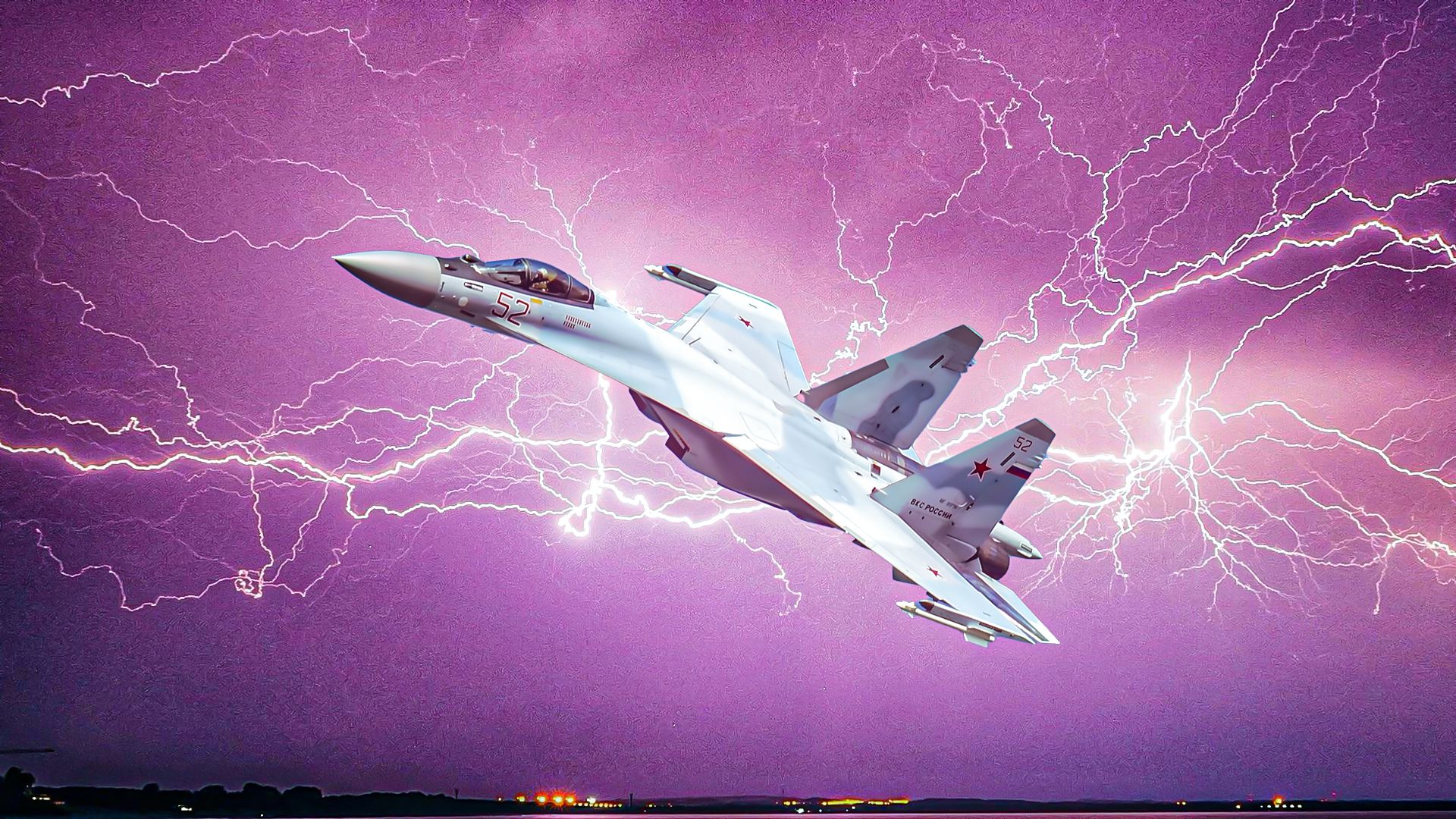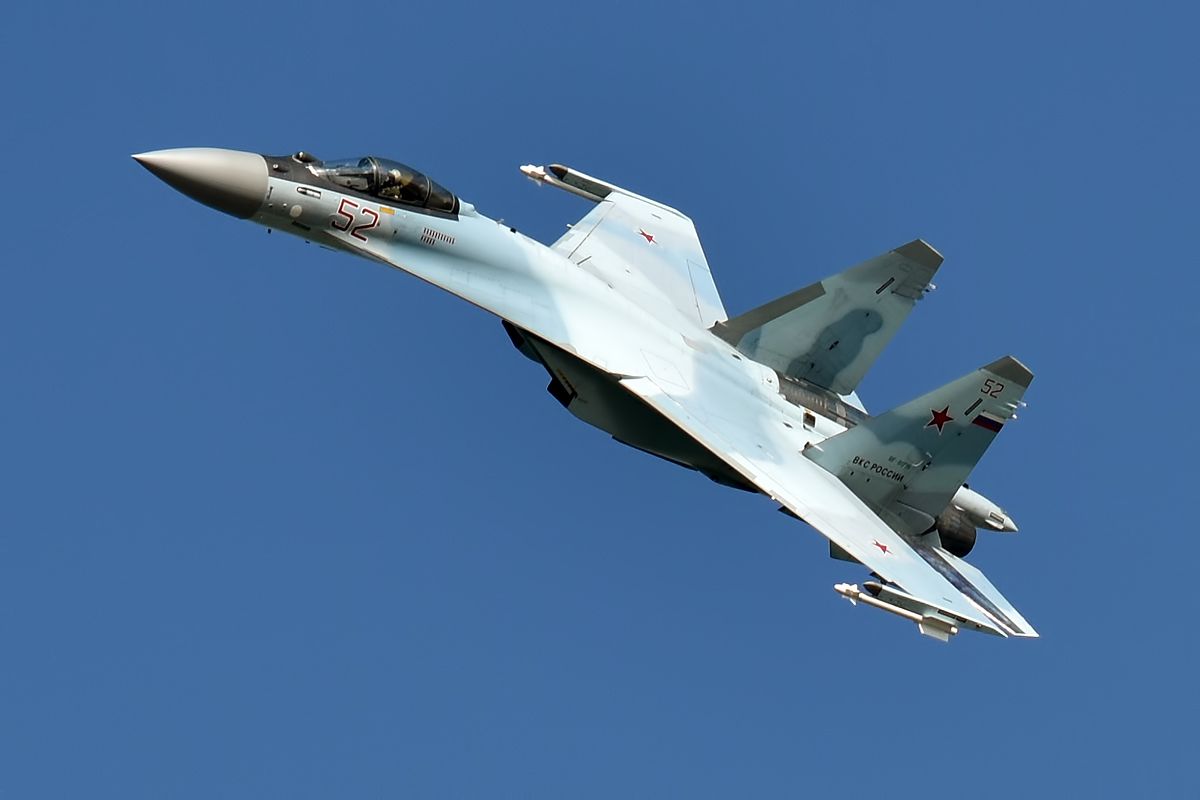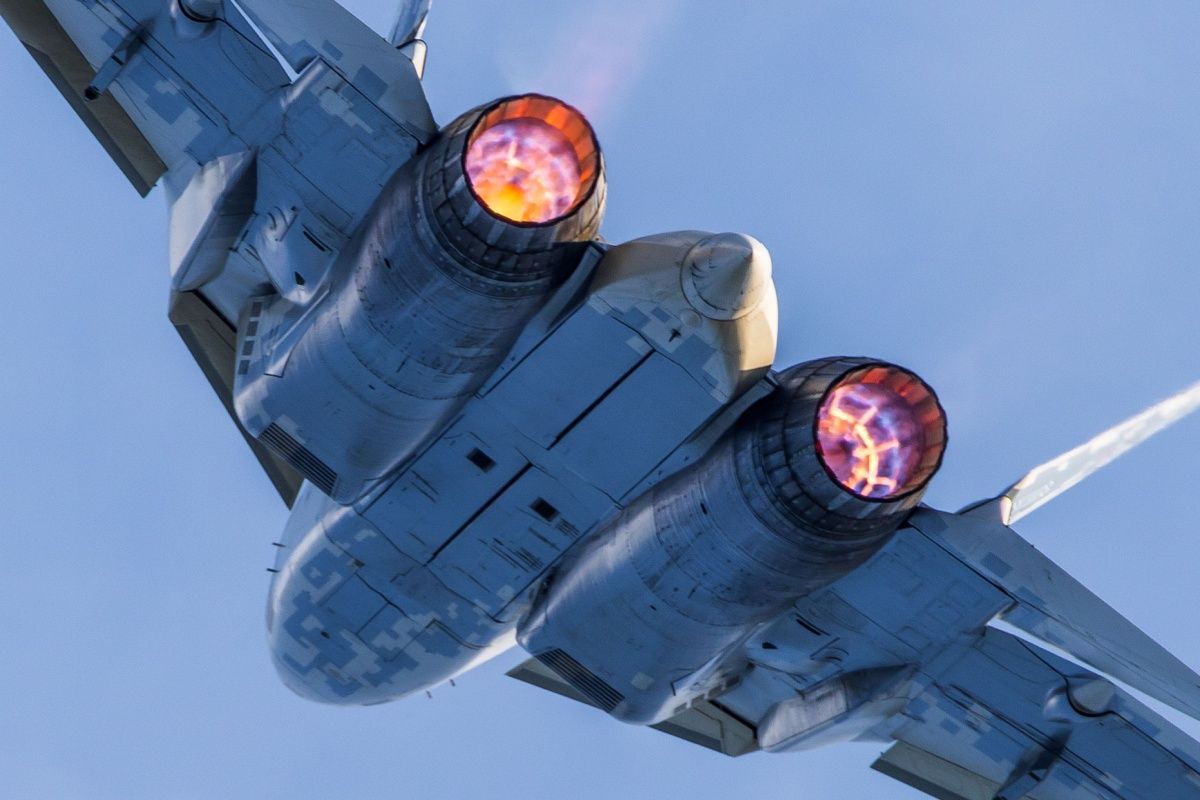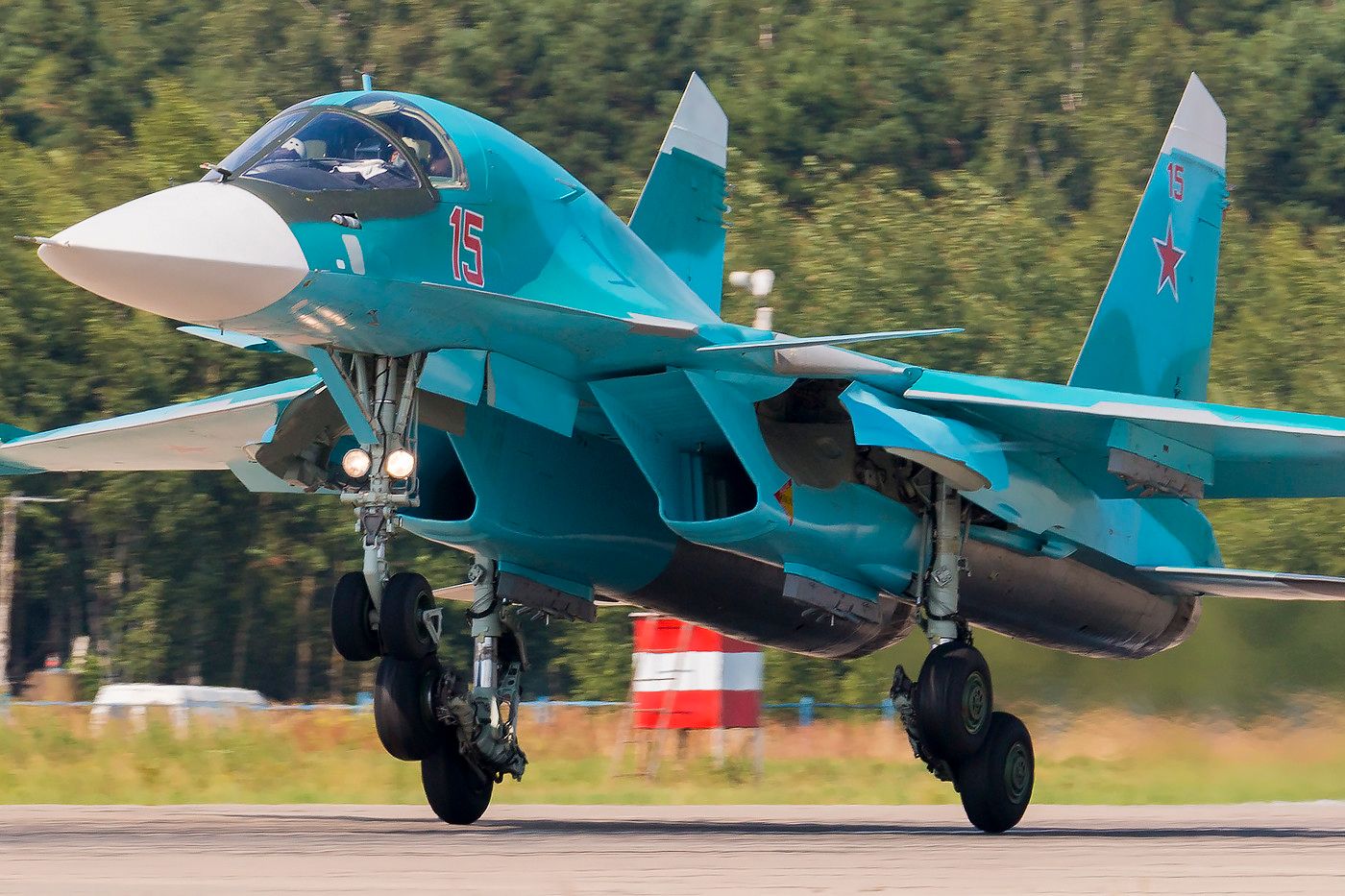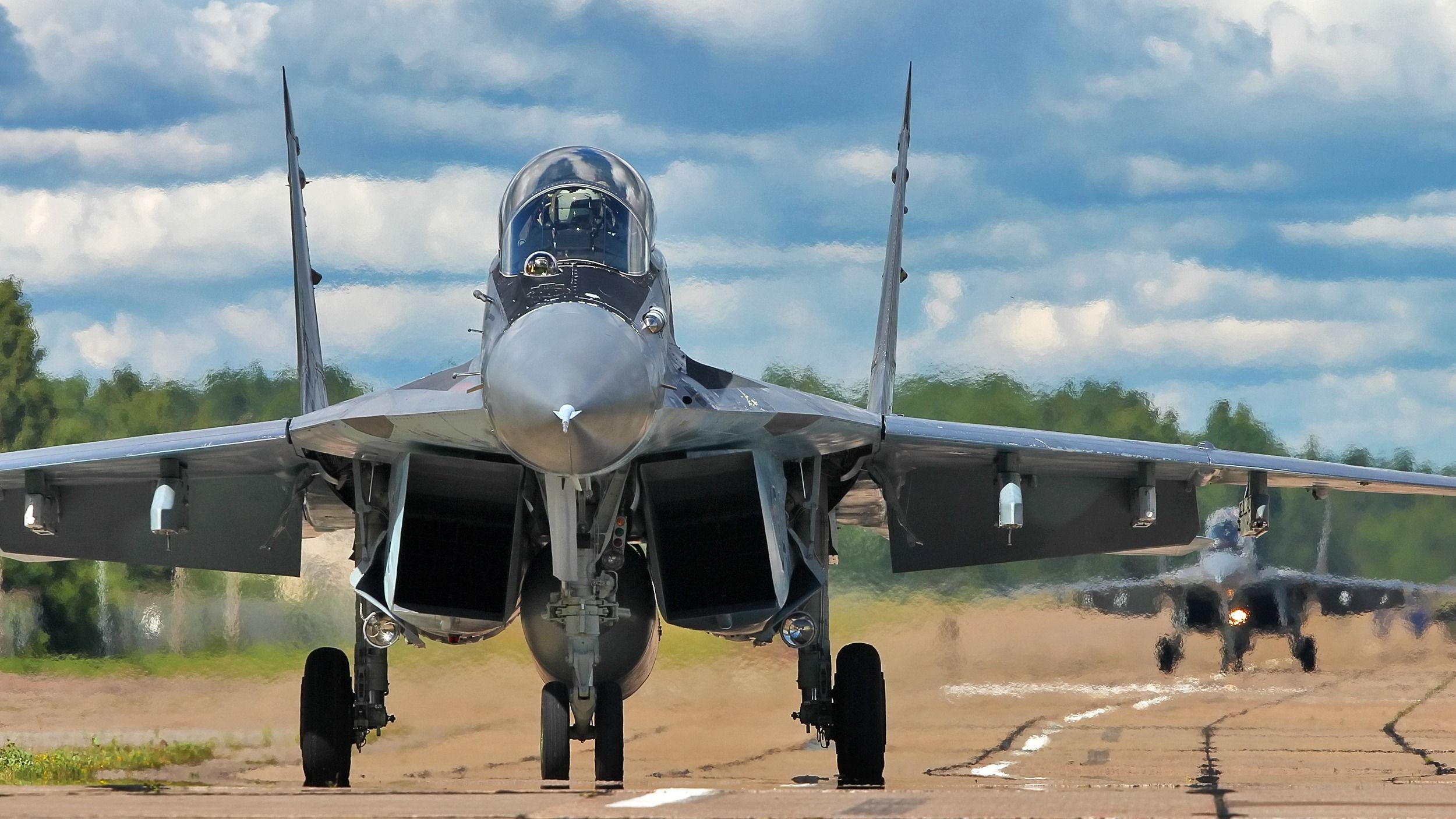Summary
- Sanctions have severely impacted Russia’s fighter jet exports, with Russia’s leading jet, the Su-27 family, facing challenges.
- Russia’s main markets for fighter jet exports, China and India, are shifting towards domestic production or diversifying away.
- Russia’s attempts at developing replacement aircraft like the Su-57 and Su-75 have faced setbacks, impacting future exports.
Russia has long been noted for its fighter jets, which were often seen as rugged and cheaper than their Western counterparts. Russia inherited a large military aviation industry from the USSR and has been one of the two main exporters of fighter jets. Russia’s leading fighter jet is the Sukhoi Su-27 Flanker family (including the Su-30, Su-34, and Su-35 variants). While sanctions have played a large part in hamstringing Russian aircraft production, they are only part of the tale of the collapse of Russian fighter jet exports.
A perfect storm
In recent years, Russia’s jet exports have nose-dived. While the war in Ukraine and subsequent Western sanctions undoubtedly made everything worse, the rot was setting in before 2022.
In the last few years, there have been almost no new fighter jet orders for Russian fighter jets. On paper, some countries like India have purchased Russian jets. However, look a little deeper: these were license-produced Russian aircraft built in India under an older contract. Mynamar received a couple of Su-30s in 2023, but these were fulfillments of an old order from 2018. Some countries have canceled their orders for Russian jets over the last few years.
Russia is facing a perfect storm with its fighter jet exports. Some of these factors include:
- Pre-2022 US-led sanctions on Russian defense exports
- Post-2022 Ukraine-Invasion Western sanctions
- Maturing of domestic fighter jets in China and India
- Potential reputational damage from a lackluster performance in Ukraine
- Lack of new-generation fighter jets
- Russia potentially prioritizing its own wartime production needs
For years, Russia was able to upgrade the Su-27 Flanker and present it as an alternative to Western aircraft (like the F-16). However, an aircraft can only be upgraded so many times before it loses appeal. Over that time, the US has developed the all-new fifth-generation F-35 fighter for export (as well as upgraded the venerable F-16).
Photo: Fasttailwind l Shutterstock
Russia is aware of this and has been trying to develop replacement aircraft. However, the Su-57 Felon is questionable at best (and India gave up on the project), while the Su-75 ‘Checkmate’ is seen more as a marketing ploy than a real jet in development. Some claims swirling around the 6th-gen MiG-41 project venture into fantasyland.
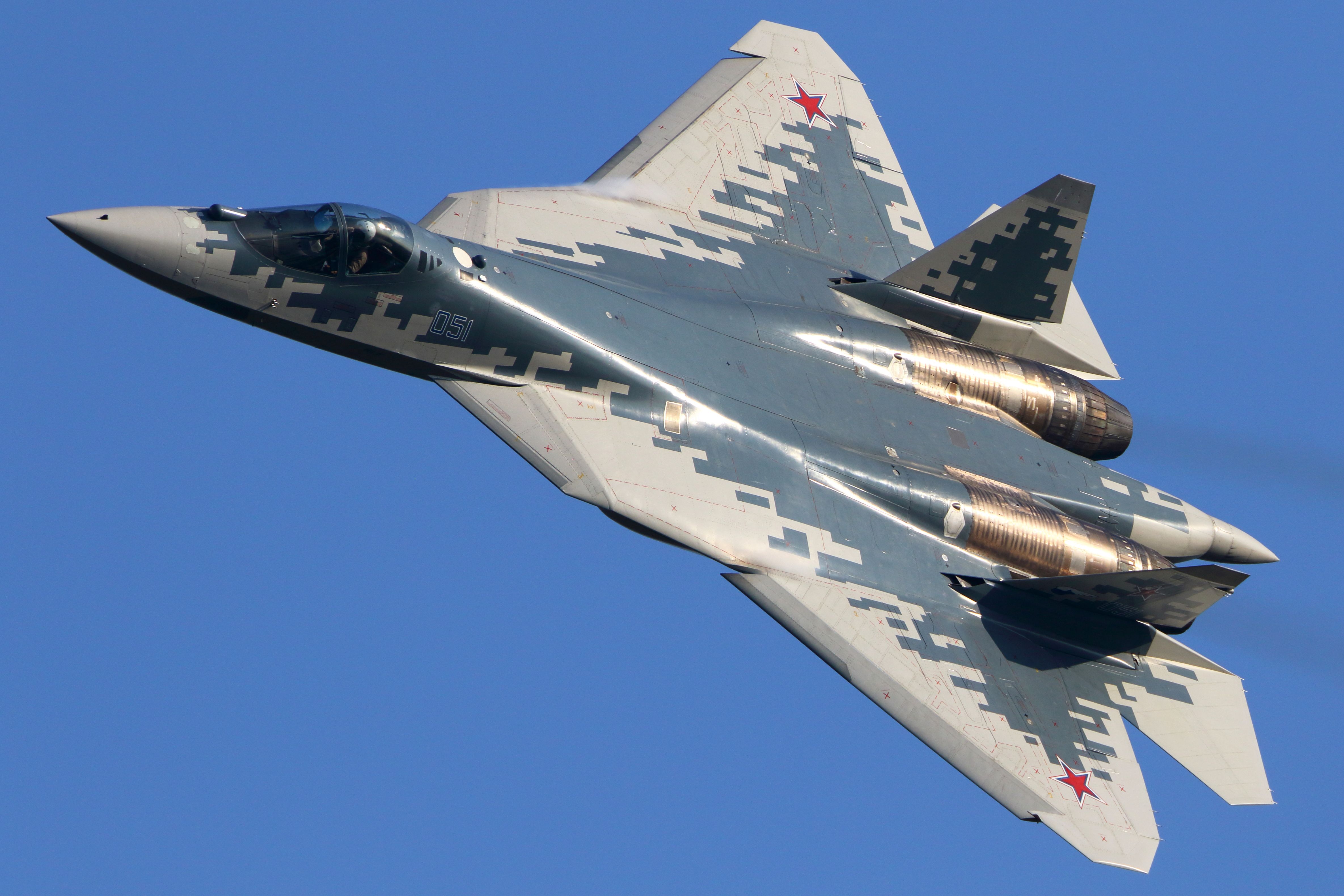
Related
The Top 5 Fighter Jets Used By The Russian Air Force
Some of these fighters have already been shot down in Ukraine.
Loss of two major markets
Historically, China and India were large importers of Russian fighter jets. But now those countries have developed their own fighters or are seeking to diversify away. For example, the Chinese are now building the J-20 Mighty Dragon (which the Chinese market has more advanced than Russian jets). India has its own industry and is purchasing French Rafales. France is one country receiving orders from countries that would traditionally purchase Russian jets (swamped with orders, France is now increasing the production of its Rafale fighter jet).
|
Chinese J-20 ‘Mighty Dragon’ fighter: |
|
|---|---|
|
First flew: |
2011 |
|
Introduction: |
2017 |
|
Type: |
stealth 5th-gen fighter |
|
Role: |
air superiority fighter |
|
Number produced: |
perhaps over 250 |
Making matters worse for Russia, China and India are working to cut their reliance on Russian jet engines. The Chinese appear to have now developed their own domestic engine for their J-20 (the Xi’an-built Woshan-15 (涡扇-15 or WS-15) “Emei” engines) while India continues its long quest to build its own domestic engine.
If these trends continue (and China’s aircraft continue to develop faster than Russia’s), then the loss of China as an export could well prove permanent. India may be slipping permanently from purchasing Russian jets as well (although it is still building the Sukhoi Su-30MKI under license in India).
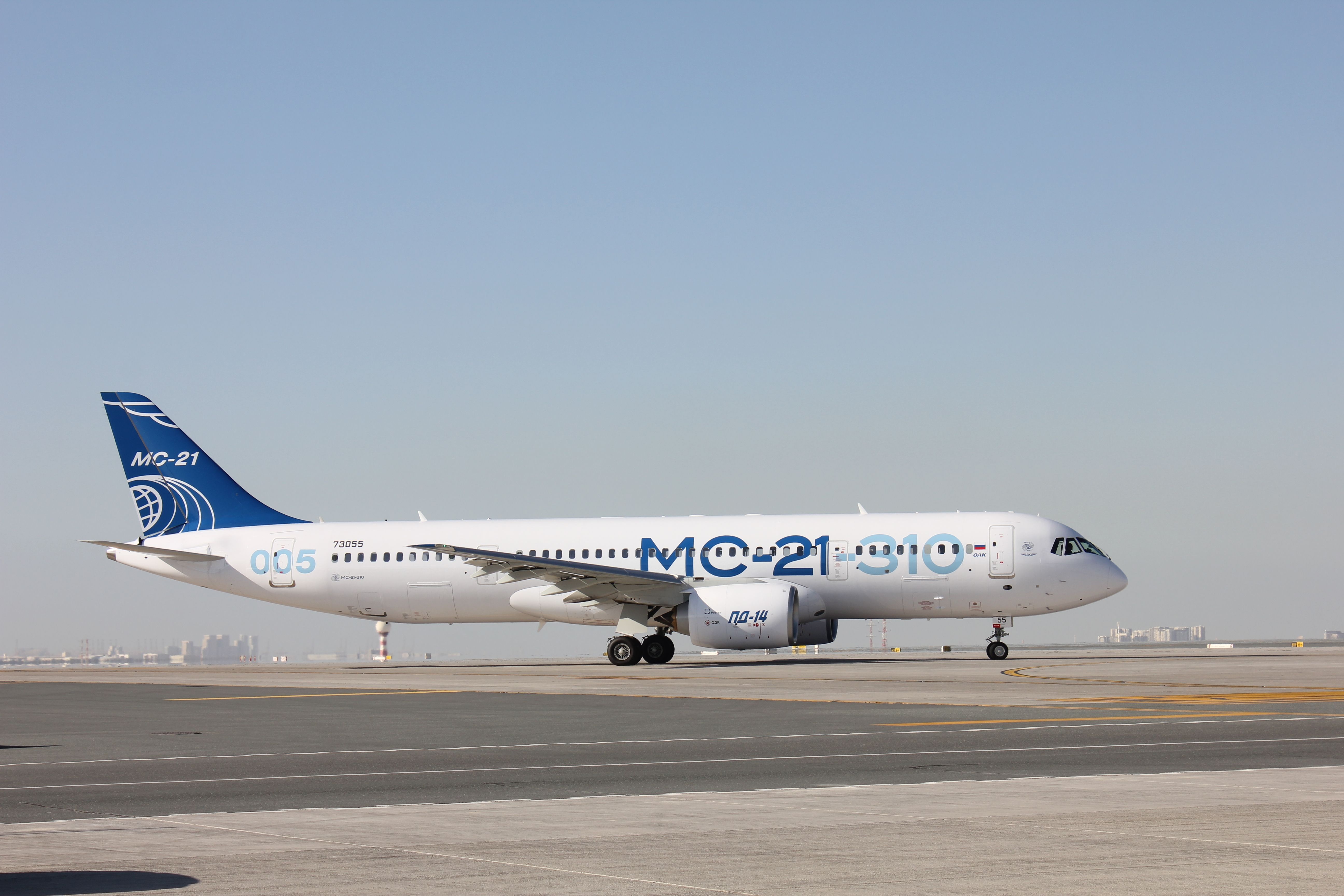
Related
Overweight & Late: Russia’s MC-21 Expected To Be 6 Tons Heavier
The aircraft will have significantly reduced performance when eventually enters production.
Sanctions on top of more sanctions
Defense Blog stated “Governments of Egypt, Algeria and Indonesia rejected the potential acquisition of Russian modern Sukhoi Su-35 fighter jets amid economic sanctions against Russia, targeting its oil industry, defense, dual-use goods and sensitive technologies, according to people familiar with the matter.”
However, what is notable is that the Defense Blog article was written in January 2022 – the month before the full-scale invasion of Ukraine and the associated sanctions. The United States has worked for years (successfully) to sanction Russian arms exports and dissuade third countries from purchasing Russian jets (and other equipment).
|
Arms exporting country: |
Share of global arms exports 2019-2023 |
Percent change from 2014-2018 |
|---|---|---|
|
United States: |
42% |
17% |
|
France: |
11% |
42% |
|
Russia: |
11% |
-53% |
|
China: |
5.8% |
-5.3% |
|
Germany: |
5.6% |
-14 |
Egypt stopped the deal for 30 Russian Su-35 fighters a couple of years ago. Now, Iran is negotiating to purchase those fighters intended for Egypt from Russia. This would make Iran perhaps the only country in the world (outside Russia’s immediate sphere of influence, like Kazakhstan and Belarus) pursuing a new purchase of Russian fighter jets. Iran is a special case, being already extremely sanctioned and with effectively no one else to turn to. The status of Algeria purchasing Russian jets is a little opaque.
When it comes to defense, risk is particularly toxic. Countries ordering today know they risk incurring Western sanctions, plus the jets they receive will likely be full of sanction-busted Western parts (it is known that Russia is keeping its Su-family running on US technology).
Photo: JetKat | Shutterstock
With Russia at war, it is uncertain when or if Russia can deliver them. According to the National Interest, Russia has announced it is postponing the delivery of S-400 SAM systems to India. Russia is possibly prioritizing its own wartime needs, so any S-400s built for India might be used by Russia instead, making Russia even more unattractive as a defense partner.

